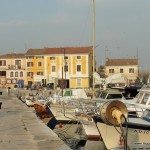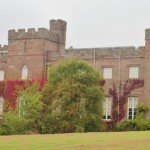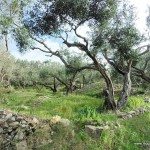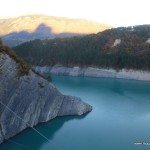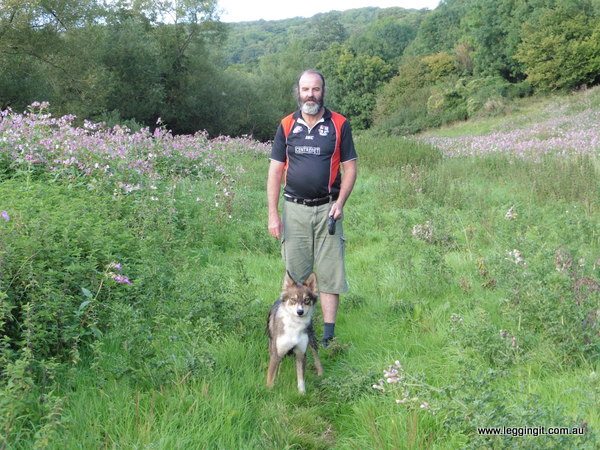
It was kind of sad as we packed the bike this morning in readiness for our trip from Bath to Rotherham, with a stop at Eyam. Michele has been fascinated about Eyam after reading a book by Geraldine Brooks called Year of Wonders, telling the story of the sacrifice the village made during the plague to save their neighbours.
Tish, our host arrived back late last night nursing a Chinese food bug which dampened her enthusiasm for further trips to China. I was up early for a last walk with Skye up in the woodlands which surround Warleigh. She was excited as she dashed off through the forest chasing muntjac deer. She really has a sheep dogs instinct and loves to round everything up. A few days ago when we were out walking along the Avon river she came crashing through the scrub rounding up a red deer. The deer instead of standing its ground crashed through the scrub and went straight into the river leaving the dog wagging its tail wondering where her new friend had gone.
The view from our converted barn in Warleigh across the valley has been fabulous and so interesting. On the other side of the valley the hill rises up from the Avon river to the railway before rising up to the Kennet-Avon canal. Further up the hill the A34 passes through the Claverton, above which the University of Bath looks down from Claverton Downs.
To complete the scene sheep farms, woodlands and Palladian buildings are dotted about here and there.
Heading out of Warleigh we passed through Box, a lovely town not far from Bath with lots of beautiful stone Georgian buildings. In the middle of town is a small stone brick blind house. From Box the views across the valley are just magnificent. The hills are covered in a chequer work of verdant green and barren brown fields framed by hedges. It has to be one of my favourite views in England.
As we headed north the countryside flattened out and the fields appeared larger. It was interesting noticing how the colour of the houses changed as the stone used as building materials changed.
Around Birmingham we noticed our first high rises with groups of buildings sticking out like broken teeth. As expected the city was pretty industrial but luckily the M42 edged around the city so there were no hold ups.
Not far past Birmingham we diverted off the motorway as we headed towards Derbyshire and the village of Eyam.
Passing into Derbyshire once again the landscape changed with little valleys surrounded by steep forested hills. The houses in the little villages around the area were all built from black and caramel coloured stone bricks.
The tops of the hills were heavily forested and on the lower parts of the hills fat sheep happily grazed. Along some of the steeper sections near the creeks and rivers quarries carved grey stone out of the cliffs.
Eventually we arrived at Eyam, the famous plague village.
Eyam “the Plague Village”
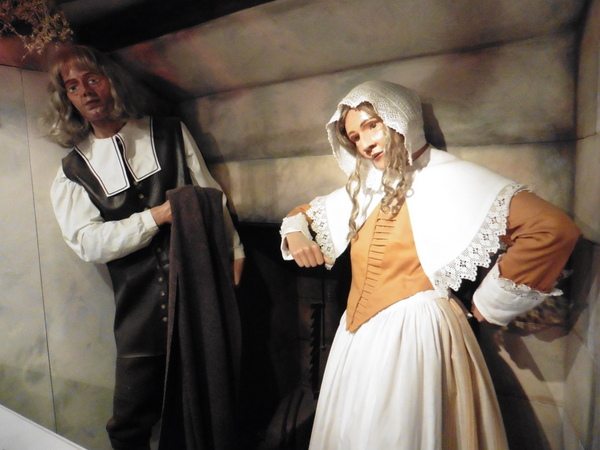
In 1665 a local tailor in Eyam by pure misfortune introduced the plague which would decimate the village. Unbeknown to him inside a bale of cloth he’d imported from London, were fleas infected with bubonic plague. Within a week he was dead and by the end of September another five villagers had died. A further 23 died in October as the plague started taking hold in the village. The villagers were scared and talked about fleeing to Sheffield.
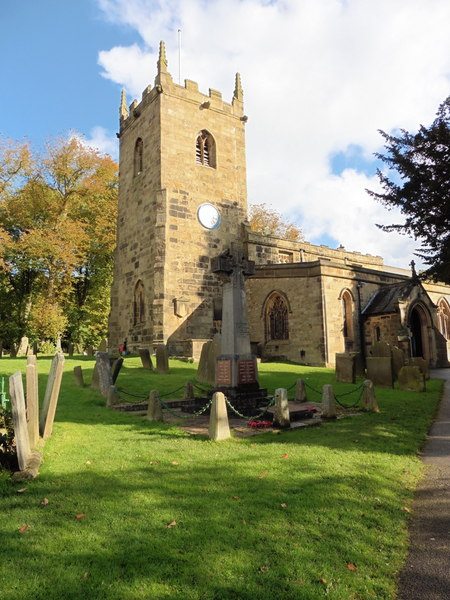
The church leader, William Mompesson however, convinced the villagers the best course of action was to isolate the village to prevent the spread of the deadly disease. At the village boundary food was left by those outside of the village and money was left by the villagers in a trough filled with vinegar to prevent the spread of disease. No one was allowed in or out. By November 1666 the plague had run its course and 260 of the 350 villagers had succumbed to it. William Mompesson had buried all of his own family. The actions he took in convincing the village to isolate itself, probably prevented large scale deaths across the north of England.
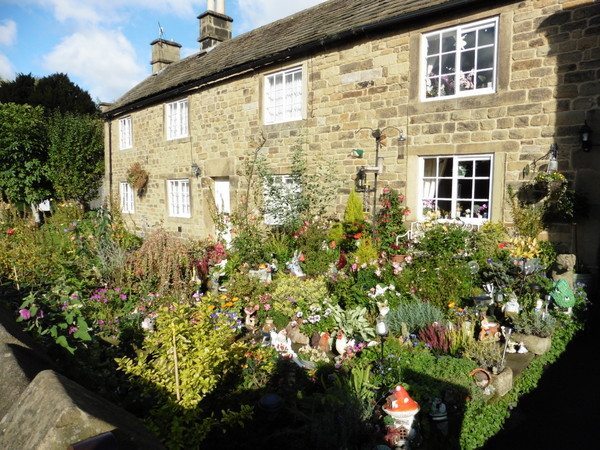
These days Eyam is a sleepy little village which attracts hundreds of visitors interested by its history and stone buildings. In the village are the historic plague houses and church of St Lawrence where many of the villagers were buried. Also of interest to many people is the museum, and Cucklett Delf where open air church services were held to prevent the spread of disease.
Eyam Hall
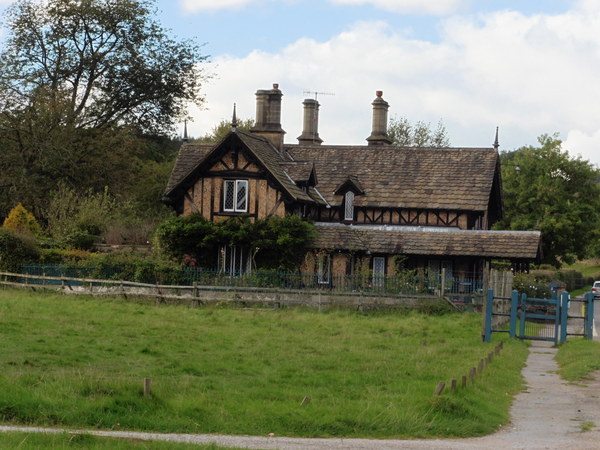
In the centre of town is Eyam Hall, a National Trust property which is open to the public. Eyam Hall also has an Arts and Crafts exhibit in the former farm buildings. Built in 1672, Eyam Hall is a Jacobean style manor house built as a wedding present by Thomas Wright for his wife Ann Shiercliffe. She was a wealthy heiress who entered into the marriage with a personal wealth of £2 million. Surprisingly the house has been maintained in the family for 11 generations and until recently been used as a wedding venue. Eyam Hall is still maintained by the family but leased to National Trust.
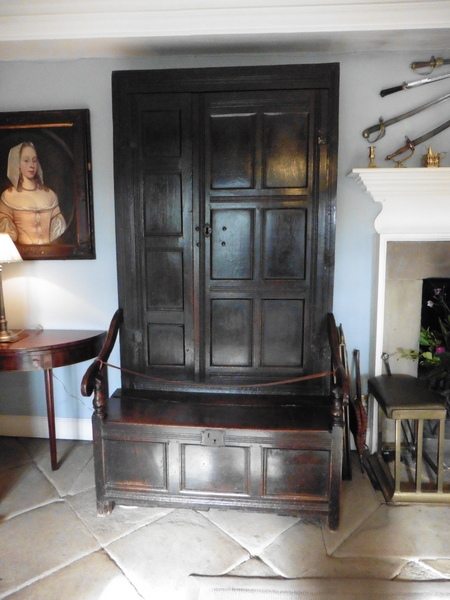
The house is an interesting mixture with older rooms decorated with medieval tapestries and newer style rooms decorated with twentieth century fittings. It’s a reflection of how the house is a living piece of history. As the house has been lived in for so long it’s quite understandable that it has been updated. It was also interesting learning a little about the current owners Robert and Nicola. They inherited the property and quickly found that due to the age of the building it had all sorts of problem. They had death watch beetles, woodworm and rising damp. It became obvious that to renovate the house, it would have to pay its own way. They soon opened it up as a wedding venue.
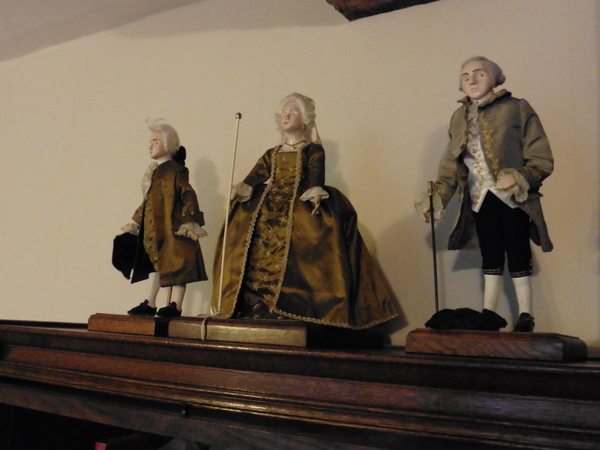
Throughout the house are all sorts of family objects from down through the ages. There’s paintings, pottery, cross stitches (one dating from 1786), 200 year old table cloths, Hornby train sets and furniture dating back to the reign of King James. In the gardens attached to the house is a mixture of vegetables, fruit and lawn. The right mixture for a family.
Entry to Eyam Hall is £7.70 (free for National Trust Members) more information is available here
Eyam Hall was just closing as we headed towards Sheffield. The traffic was horrendous as road works had vehicles backed back for kilometres. Luckily we were on a bike so that we could slip past the build up. Just as we to past the traffic we hit one after another build up behind slow moving farm tractors. Eventually we worked our way around Sheffield towards Rotherham where we are staying overnight. After booking into the local Ibis, which had the most beautiful carpet patterned with red poppies, we headed to the local hotel which was selling cheap meals. After a nice day transiting the country on the bike it was a great place to unwind with a decent meal and a few drinks. Tomorrow we head to our final destination of Morpeth.

